Control_Panel_Build_Series_Part_21__Wiring_Wrap_Up.pdf
Steps to consider before moving on from the wiring phase of the build. Also, taking time to perform some simple test to ensure everything has been wired properly.
Transcript:
[0m:4s] Hi I'm Josh Bloom, welcome to another video in the RSP Supply education series. If you find that these videos are helpful to you, it certainly helps us out if you could give us a big thumbs up and subscribe to our channel.
[0m:16s] In today's video, we will move on to the next step in building an industrial control panel.
[0m:21s] If you haven't already seen the other videos in the series, we encourage you to go back and watch from the beginning so that you might better understand the entire process. The step in which we will focus on today is wrapping up the wiring phase of the build by taking some time to review the work that we have done as well as perform a few simple point-to-point tests to ensure everything is functioning as it should be.
[0m:45s] This is a step that is often overlooked or is delayed until the panel is complete. We have found that by taking time right after the wiring has been completed, you are much more likely to fix any mistakes that have been made to to avoid potential headaches later on in the build process or during the field wiring and installation phase.
[1m:8s] As always, the process in which we discuss today is just one method of many that can be performed to achieve the very same results. So let's get to it.
[1m:17s] As mentioned before it's important, once we finish the wiring portion of our
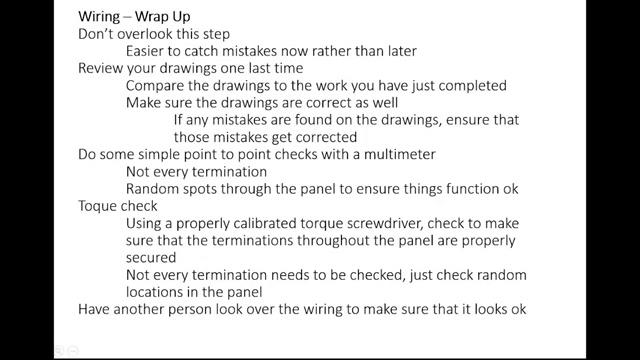
[1m:23s] build process, that we take some time before we move on to the next step that we just quickly review all the wiring that we have done. That includes the power distribution,
[1m:34s] the PLC, all of the analog and digital signals. Everything that we have wired, we want to go over and review,
[1m:41s] just to make sure that we have done it properly. It's important that we don't overlook this step. We find that once we have wired a panel it's very fresh in our mind. All the wiring steps that we have just completed, and we find that it's much easier to identify mistakes that have possibly been made as opposed to waiting until the testing portion
[2m:2s] of the build. So, again, don't overlook this, take some time right when you're finished wiring to review everything.
[2m:8s] This review should include one last for a view of your drawings. We’ve mentioned this many different times throughout this build process and there's a reason we do it. Reviewing your drawings and comparing those drawings to the work that you have just completed, in particular, the wiring in this case is very, very important to make sure that the wiring matches the drawings and vice versa. If you find problems, fix them. If you find issues at this time with your drawing, this is also a good time to make sure that the drawing is updated and fixed to the wiring that matches up because we know that the wiring
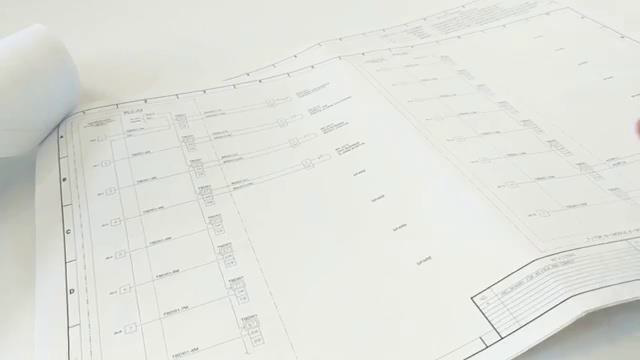
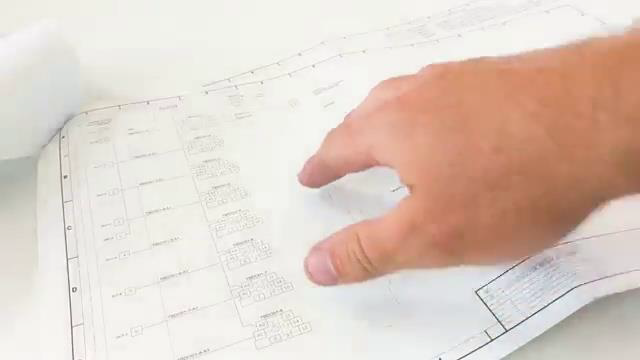
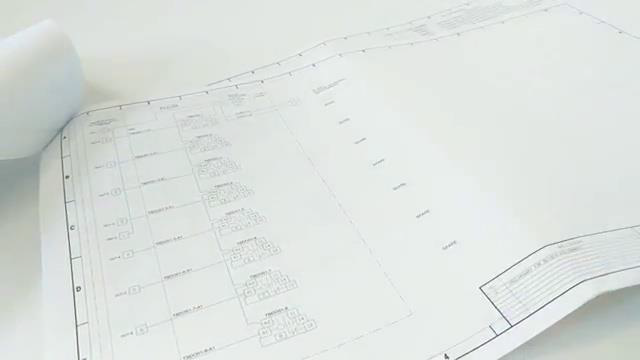
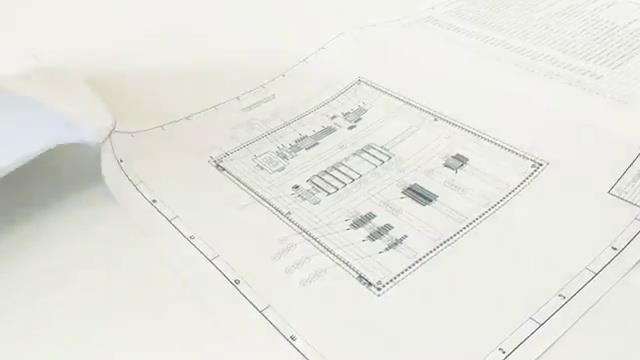
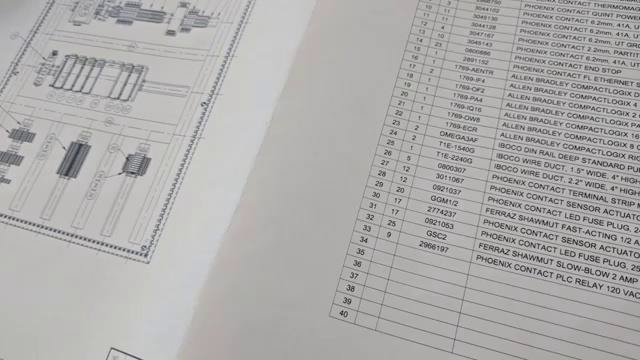
[2m:41s] is correct. Again, this is going to be much easier to identify these problems now than later on.
[2m:47s] It's also a really good idea to do some simple point-to-point checks with a multimeter. Now, we don't necessarily need to do this at every single termination point throughout the panel. But what we like to do is simply check continuity between random points throughout the panel. We have found that by doing this. We have been able to identify sometimes hard to find problems within a panel. A common place for this is when we jumper multiple terminal blocks together. We have found that it is not too terribly uncommon to see some of these terminations are not fully secured and you do not have good continuity between certain points. By doing kind of a random
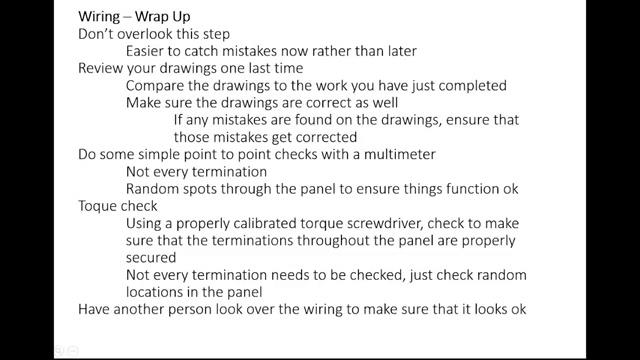
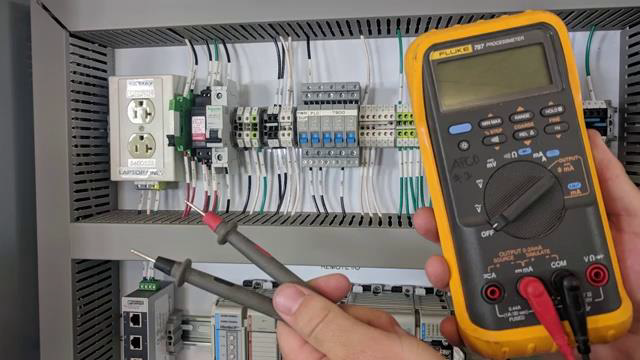
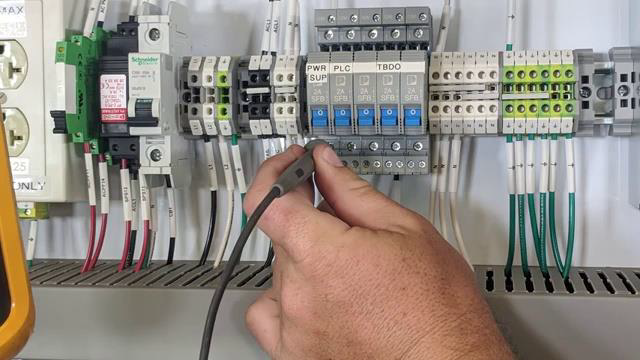
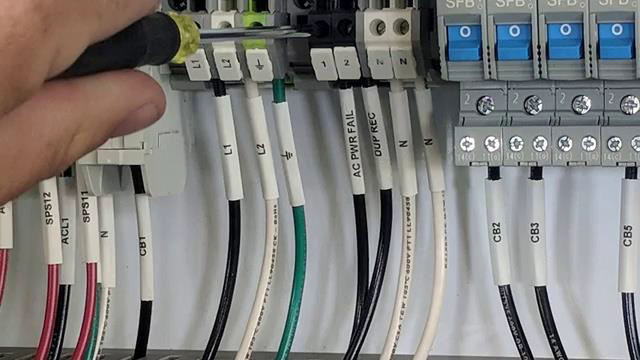
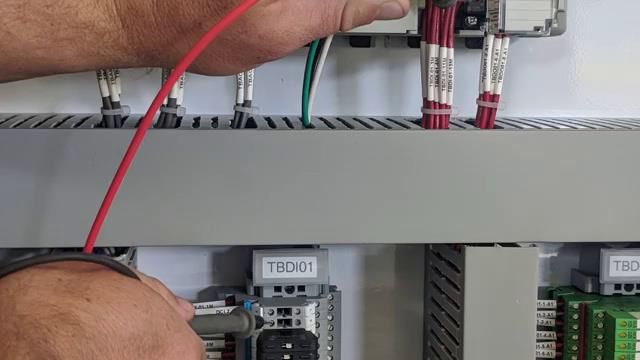


[3m:32s] continuity check between different termination points throughout the panel is a great way to ensure that things are wired properly. And when we talk about checking terminations, this is also a great opportunity for us to check
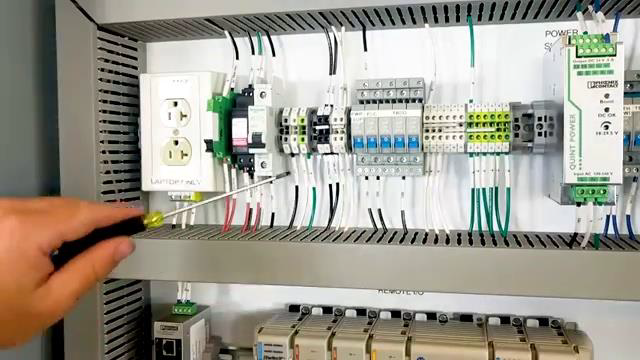
[3m:45s] that everything has been secured as far as the terminations. All the terminations have been secured properly in the panel. This is a great time to use a torque screwdriver. If you are a UL panel shop, you will definitely have this that's required by UL that you have a torque precision screwdriver. This is again a good opportunity to use that torque screwdriver and randomly check terminations throughout the panel. If you have not been using this torch screwdriver for the build process, that is. If you've been using the torque screwdriver throughout your panel build, this is not actually necessary. But if you have been using a regular precision screwdriver, we recommend that you use the torque screwdriver to check random terminations throughout the panel to make sure that everything is secured properly and torque to the proper specification, so that we don't have any terminations come loose
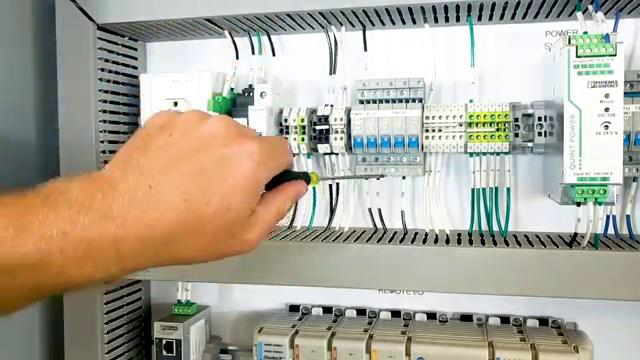

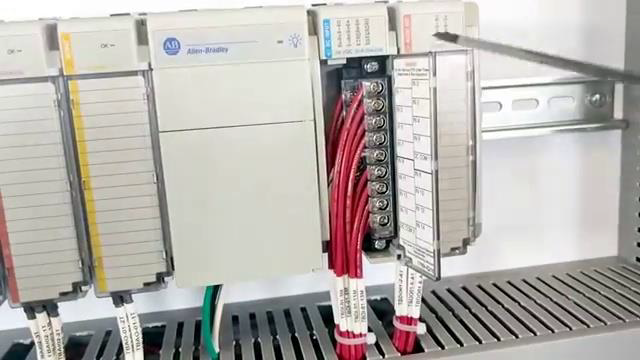
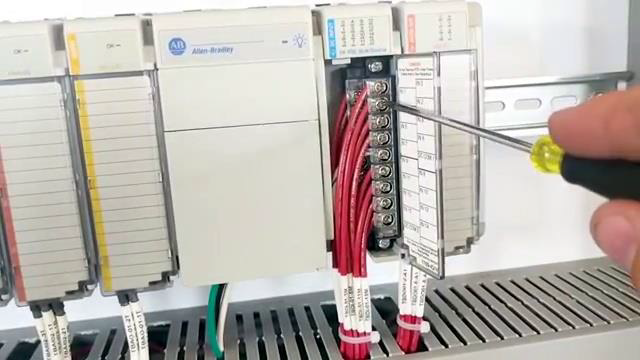
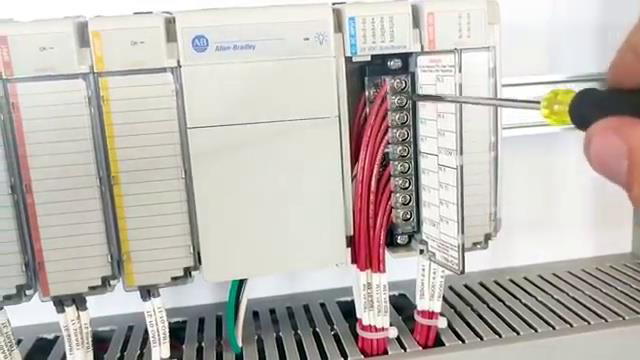

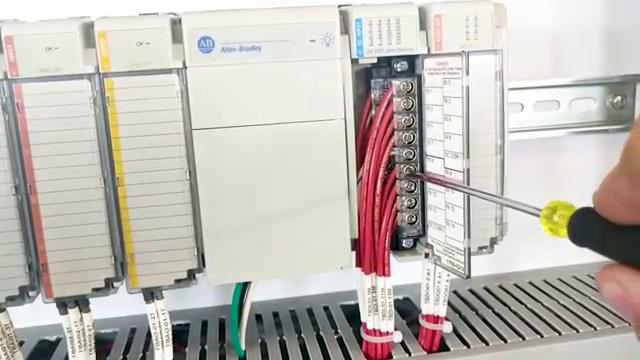
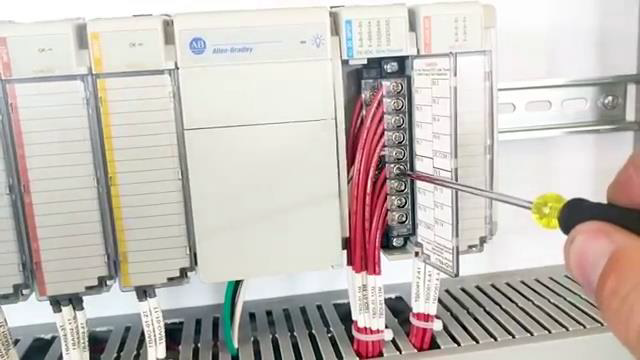
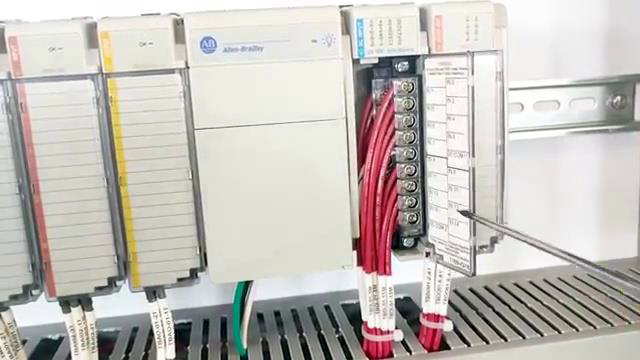
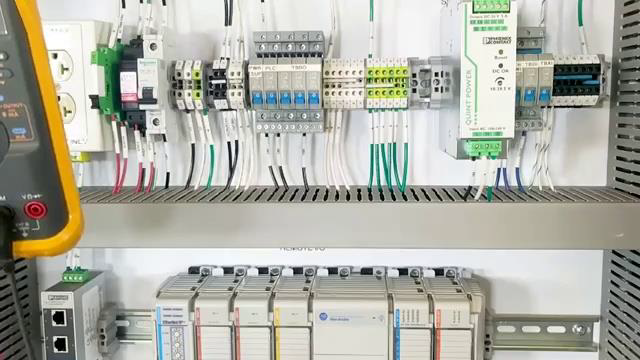
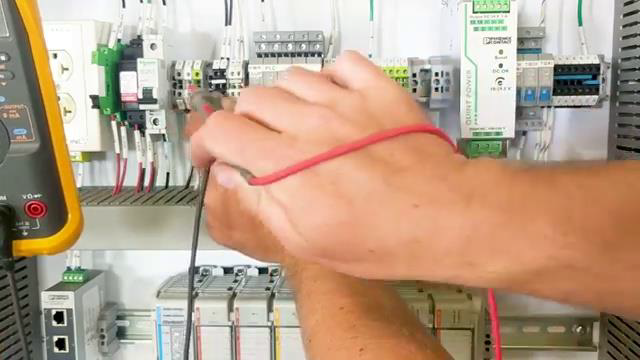
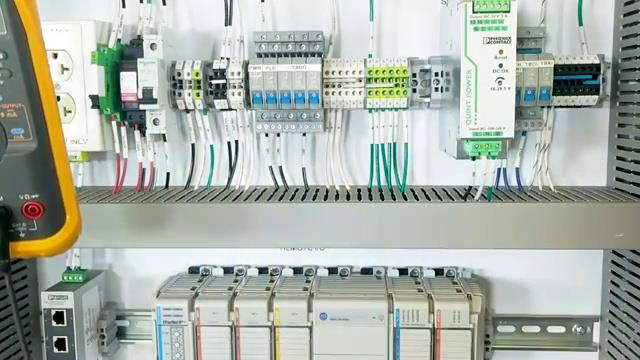
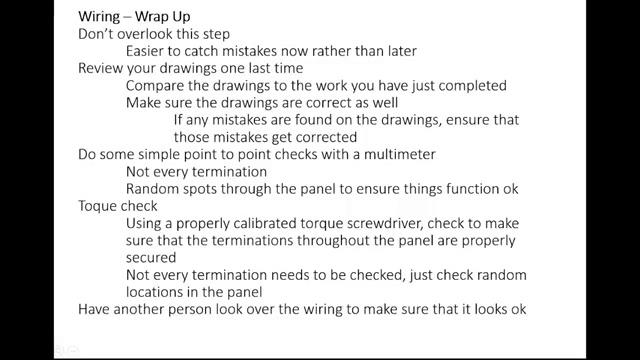
[4m:34s] over time. At this point, once you have done your checks it's always a great idea to have someone else come in. Another set of eyes of quality assurance individual or maybe an electrical engineer or an experienced panel fabrication tech or an electrician to review all the wiring that's been done or review the drawing. These two once again, just make sure that nothing is missed and everything has been done properly. Once we're, once we complete the steps you've really completed this kind of wiring review and you can now move on to the next steps in the panel build.
[5m:12s] So, although many people ignore this step, as you can see, it is clearly important to ensuring that the wiring that has been completed has been done correctly so that the panel is safe and can function as expected.
[5m:26s] As always, we appreciate your interest and participation in this series and hope you continue to join us throughout the remainder of the build process. In our next video, we will begin to review the entire build looking for any last minor details that need to be addressed before moving on to the testing portion of the fabrication process. So, make sure to join us next time as we continue the build.
[5m:51s] For a full line of industrial control panel hardware and thousands of other products, please go to our website. For more information or other educational videos, go to RSPSupply.com, the Internet's top source for industrial hardware. Also, don't forget: like and subscribe.




